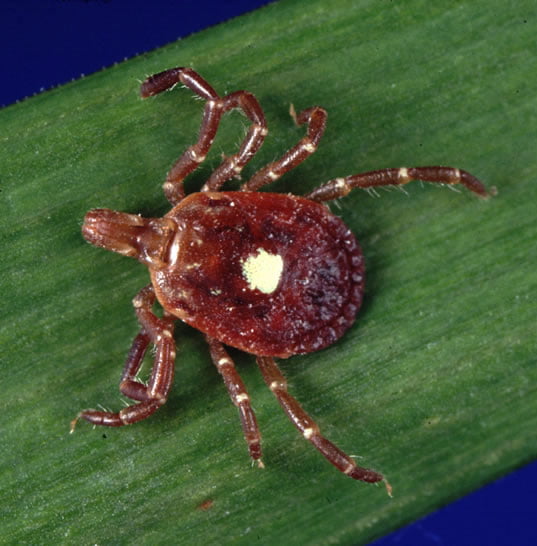The people who dislike cats say that cat owners and other people get toxoplasma gondii infections from cats through cat faeces as the feces can contain oocysts for a short period. And there's lots of discussion on the Internet about this and whether a pregnant woman should have a domestic cat companion. Toxoplasmosis is a zoonotic disease.
But the experts, and I would include myself in that, say that the major way people contract toxoplasma gondii infections is through their handling of and their eating of certain foods. I'm referring to undercooked or uncooked foods and handling raw foods and then using their hands to eat cooked foods. This creates cross contamination.
And in this vein, I've picked up a study on the Internet about Toxoplasma gondii infections in humans in China dated 2011.
The study is interesting because in certain parts of China they have very specific eating habits. Sometimes these eating habits exacerbate the likelihood of contracting toxoplasmosis.
The first human case of toxoplasmosis in China was reported in 1964 and there were many human cases reported in China after an epidemic survey on toxoplasmosis was carried out in Guangxi province in 1978. The difficulty is that it is hard to glean information from Chinese documents because little information is published in English.
Interestingly, and this point needs to be made, based upon the documents surveyed, the prevalence of toxoplasmosis in humans in China is lower than in France for example (50-75% seropositive). A lot lower in fact. Although in the provinces in China the incidences of toxoplasmosis increased from 5.2% in 1988 to 7.9% in 2004.
Guizhou province and Guangxi province had the highest levels of prevalence at 15.1% and 12.7% respectively. The ethic group Miao and the highest incidence of Toxoplasma gondii infections in people at 25.4%.
They state that the eating habits of the ethnic groups surveyed were an important part in being infected. For example, people living in south-west China enjoy eating raw or half-raw meat. Or they eat animal organs as part of their tradition. They might eat sour-meat or pork or beef which is half-raw. The Mongol people like to eat their traditional food using their hands after contact with animals or raw meat (Mongolian Finger Mutton).
The study points to the fact that the greatest risk of being infected with toxoplasma gondii is through eating or handling raw meat. A toxoplasma gondii infection is usually harmless (asymptomatic) but can cause serious illness.
The incidence of Chinese citizens with tuberculosis and hepatitis B of a toxoplasma gondii infection was much higher at 35.3% and 19.2% respectively. Most of the cases were chronic infections. And they state that "70% of individuals infected with T gondii and tuberculosis had the experience of intimate contact with animals."
The study concluded that the oral route of a T. gondii infection is the major route. And pigs in China are often infected. The infection rate in pigs in some parts of China is 53.4% whereas in the USA it is 2.7%. The Chinese like their pork. As I recall, they are the biggest consumers of pork in the world.
The conclusion that one takes from the study is that the greatest risk of being infected with T gondii is through the handling and eating of raw or semi-raw meats due to cultural traditions.
In the West, such as in America, the greatest risk will be through handling raw meat in the kitchen. Veterinarians will tell you that people get the disease from eating raw or undercooked pork, beef, mutton or veal or unpasteurised dairy products which contain toxoplasma organisms.
It is the handling of these products and the consuming of them and the necessary regulations and advice issued by governments concerning these matters that count in terms of reducing infections.
Educational programs are important to help people change their habit of consuming undercooked meat. Lastly, water that hasn't been boiled in certain districts of China are an issue because oocysts can survive up to 3 years and be transmitted by water through direct drinking.
The study: Zhou, P., Chen, Z., Li, HL. et al. Toxoplasma gondii infection in humans in China. Parasites Vectors 4, 165 (2011). https://doi.org/10.1186/1756-3305-4-165



